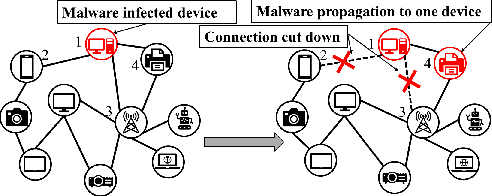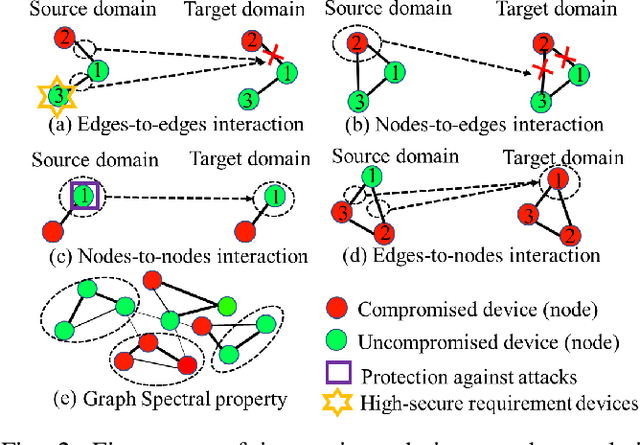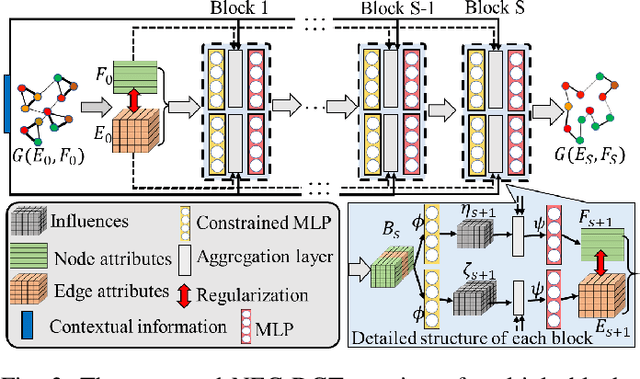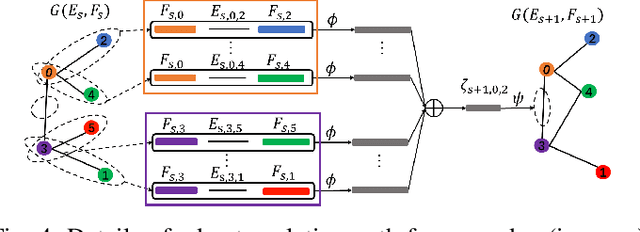Deep Multi-attributed Graph Translation with Node-Edge Co-evolution
Paper and Code
Mar 22, 2020



Generalized from image and language translation, graph translation aims to generate a graph in the target domain by conditioning an input graph in the source domain. This promising topic has attracted fast-increasing attention recently. Existing works are limited to either merely predicting the node attributes of graphs with fixed topology or predicting only the graph topology without considering node attributes, but cannot simultaneously predict both of them, due to substantial challenges: 1) difficulty in characterizing the interactive, iterative, and asynchronous translation process of both nodes and edges and 2) difficulty in discovering and maintaining the inherent consistency between the node and edge in predicted graphs. These challenges prevent a generic, end-to-end framework for joint node and edge attributes prediction, which is a need for real-world applications such as malware confinement in IoT networks and structural-to-functional network translation. These real-world applications highly depend on hand-crafting and ad-hoc heuristic models, but cannot sufficiently utilize massive historical data. In this paper, we termed this generic problem "multi-attributed graph translation" and developed a novel framework integrating both node and edge translations seamlessly. The novel edge translation path is generic, which is proven to be a generalization of the existing topology translation models. Then, a spectral graph regularization based on our non-parametric graph Laplacian is proposed in order to learn and maintain the consistency of the predicted nodes and edges. Finally, extensive experiments on both synthetic and real-world application data demonstrated the effectiveness of the proposed method.
 Add to Chrome
Add to Chrome Add to Firefox
Add to Firefox Add to Edge
Add to Edge